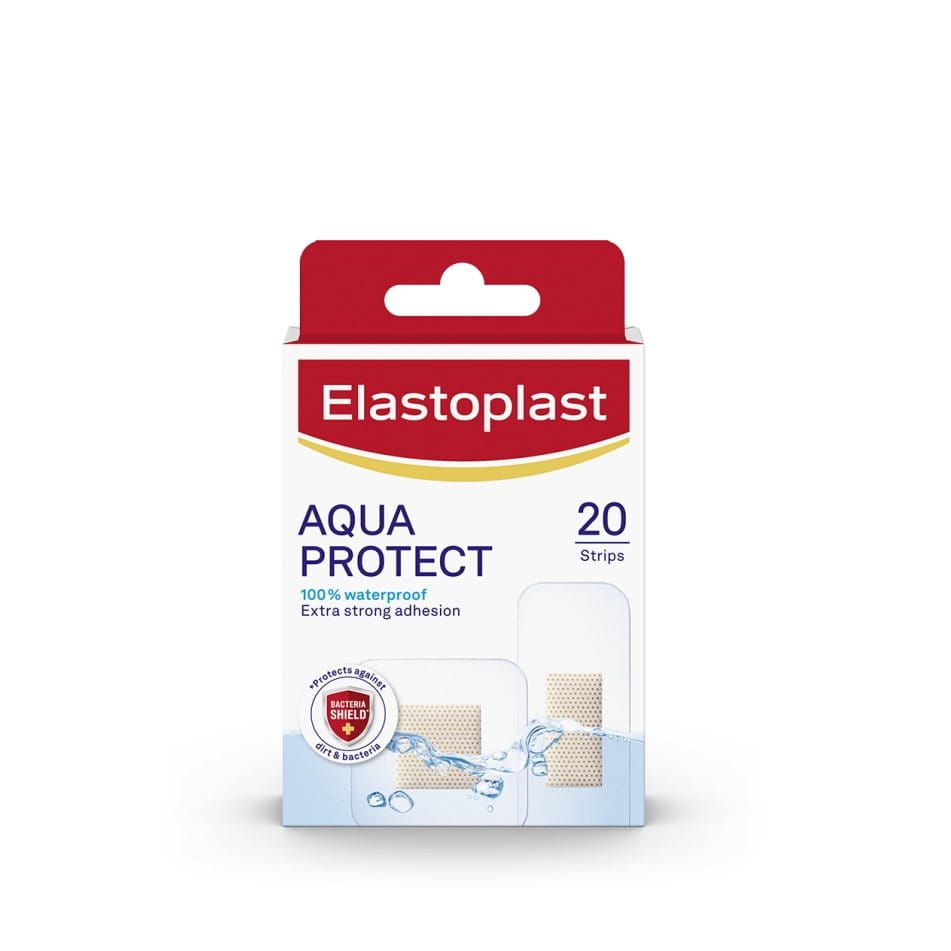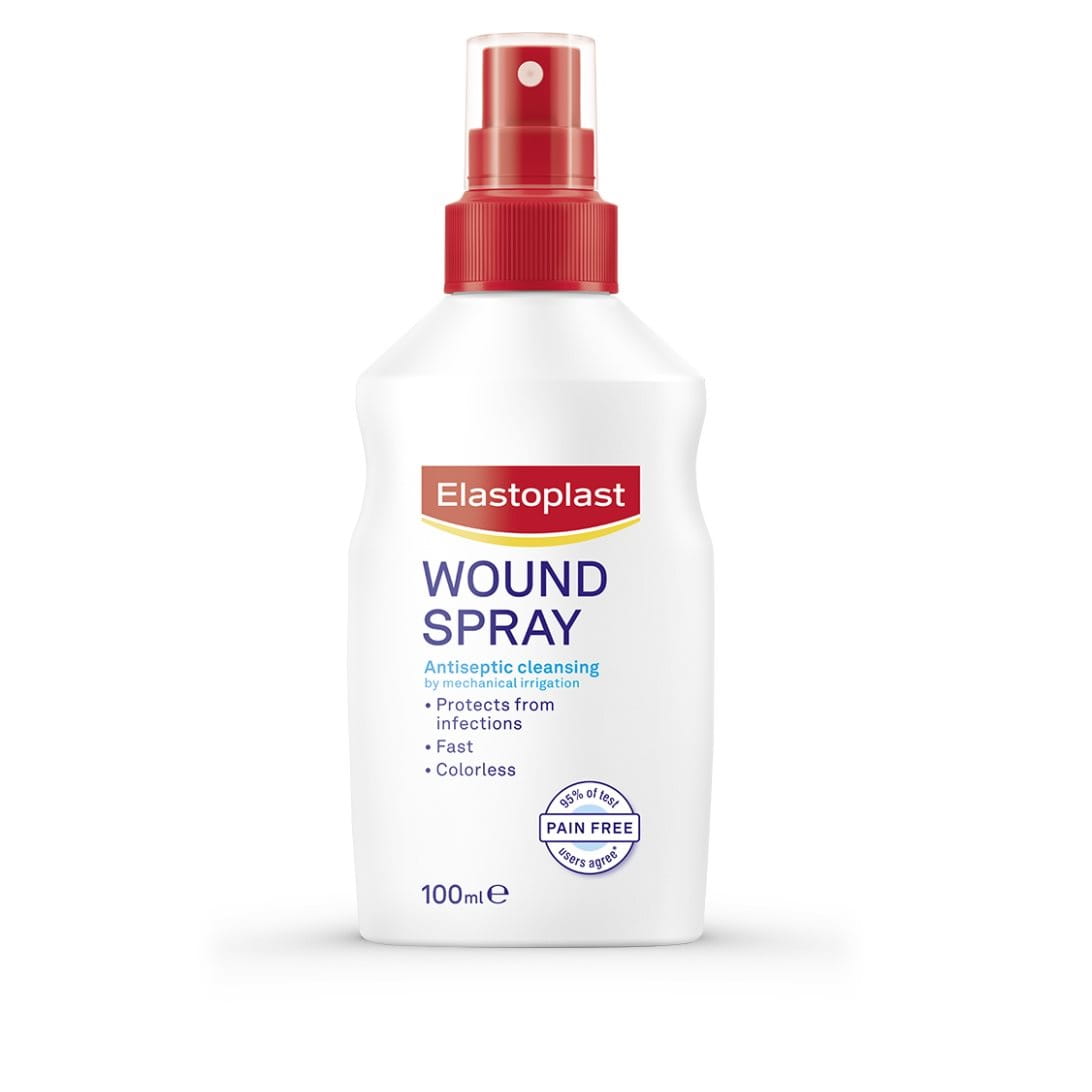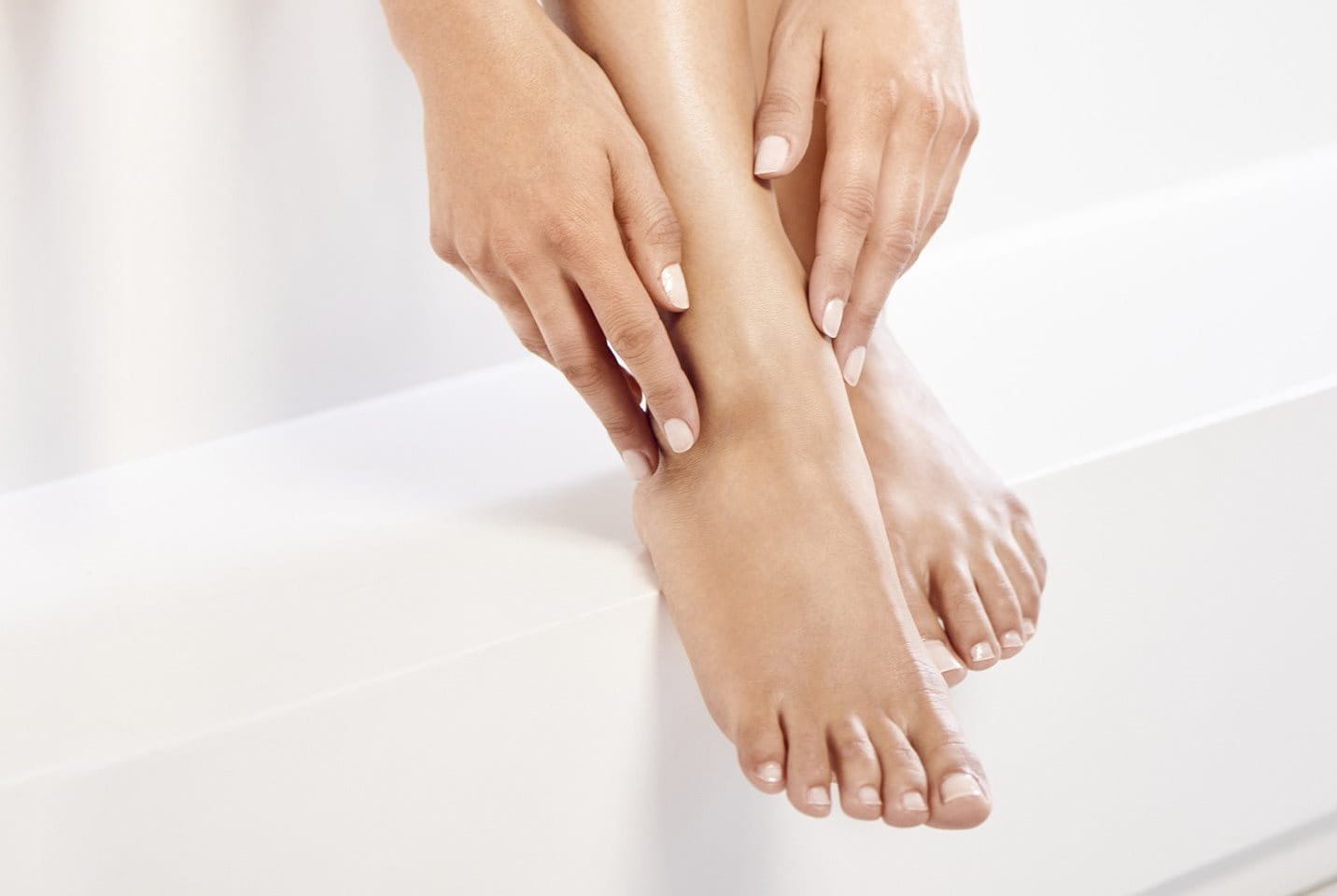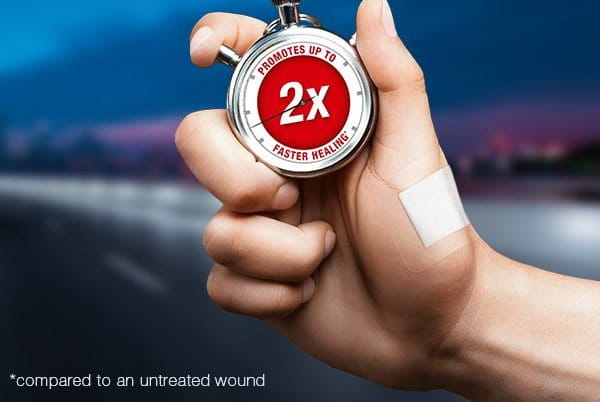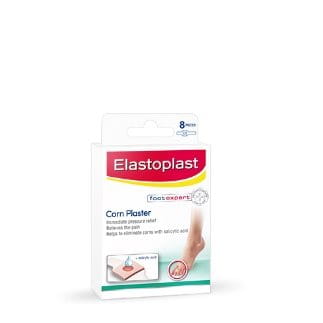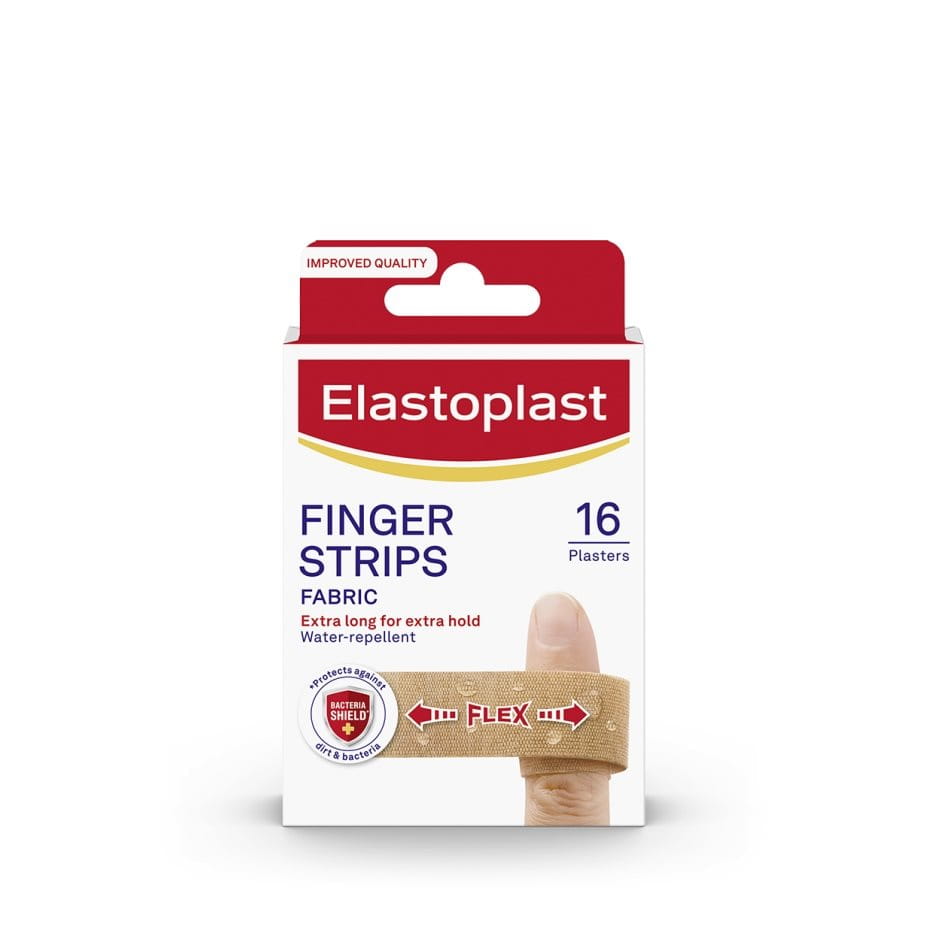What causes corns on toes and feet?
Skin is made up of several layers. The outermost layer, the epidermis, acts as a protective barrier for the deeper, more sensitive layers of the skin.
If the skin on our feet is exposed to permanent pressure and friction – for example, from ill-fitting shoes – it reacts by thickening the epidermis which results in calloused skin. If pressure persists, especially in a specific spot, this calloused skin can form a corn.
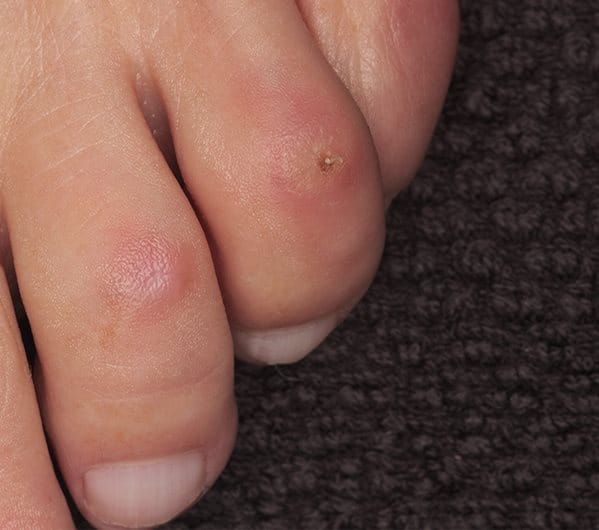
Corns have a hard core that reaches the deeper, sensitive skin structures and are painful when pressed. The most painful form of corn is the type where the corn becomes entwined with the nerves of the skin.
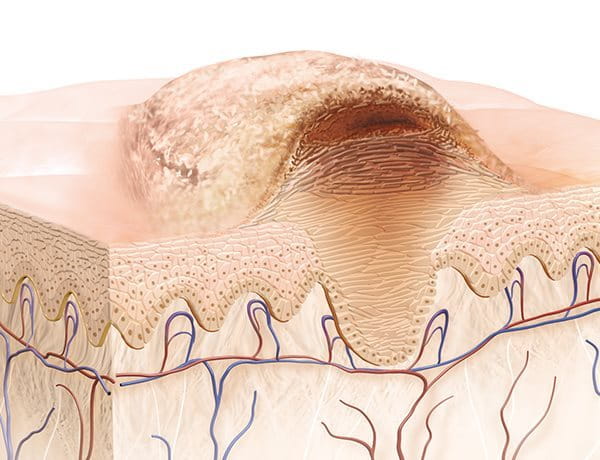
Corns are most common on the outside of toes or on the side of a bunion – the areas that experience most rubbing from shoes – but can also appear on the soles of feet. When they appear between toes, where the skin is moist from sweat or inadequate drying, they are known as ‘soft corns’.
What is the difference between a corn and a wart?
Corns and warts look similar but have different causes. A corn is caused by pressure, a wart is caused by a viral infection. The way they cause discomfort is also different. Corns cause pain when you push them whereas warts are more painful when you squeeze them.
How can I help to prevent corns?
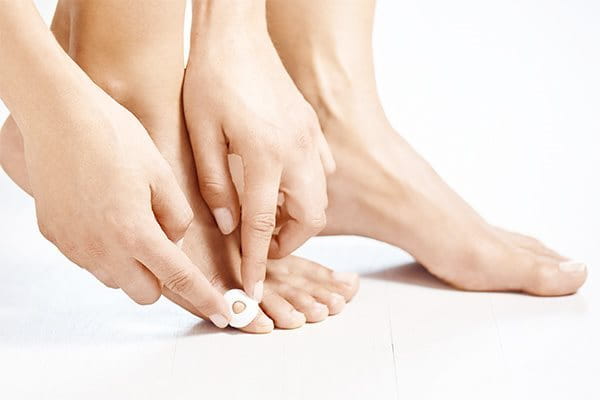

Prevention is always better than having to cure. The best way to prevent a corn is to keep your feet in good condition. Choose shoes that fit well and are comfortable to walk in, and change shoes regularly to prevent pressure build up. If particular parts of your toes or feet are under pressure, and prone to corns, consider using products specially designed to reduce that pressure. We recommend Elastoplast Pressure Protection Rings: soft and self-adhesive pads that protect skin from pressure, friction and corns.
It’s also a good idea to exfoliate and moisturize feet regularly to reduce the build up of hard, calloused skin. You can read more about footcare in general in say goodbye to hard skin.
What is the best way to remove corns?
Step 1
Clean the affected area and then apply a corn plaster that contains salicylic acid such as Elastoplast Corn Plaster. These easy-to-apply strips stop further pressure and relieve pain. The center of the foam ring contains salicylic acid which gently but effectively loosens the skin cells that are holding the horny cells of the corn together, thereby making it softer and easy to remove. Leave it to work and replace the plaster after two days.
Please note that if you have diabetes or suffer from circulatory disorders you shouldn’t use Elastoplast Corn Plasters. Ask your doctor for advice on how best to remove them.
Step 2
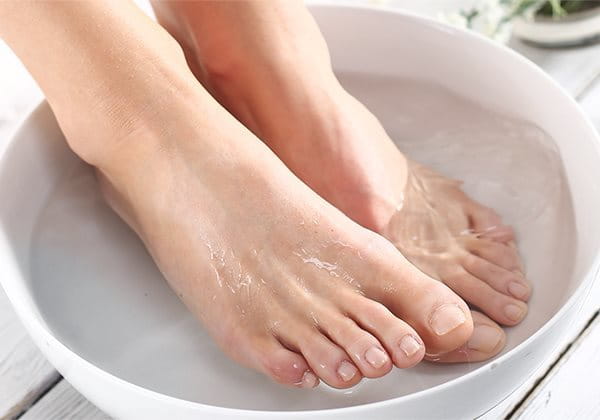
Step 3
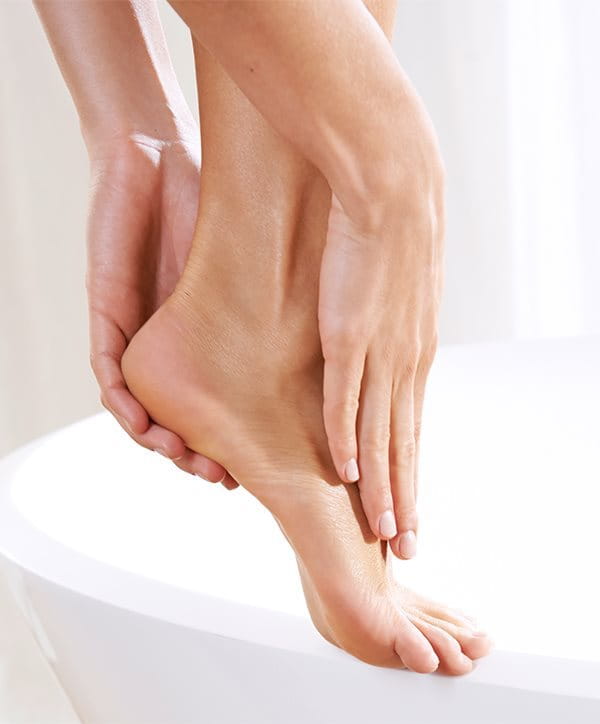
Where can I find out more about feet?
This article gives you an overview of corned skin on feet. You can read more about the four main foot concerns, and find out how they are interconnected, in say goodbye to hard skin. For more information on each of the other conditions go to dry skin on feet, callus-free feet or no more cracked feet.

